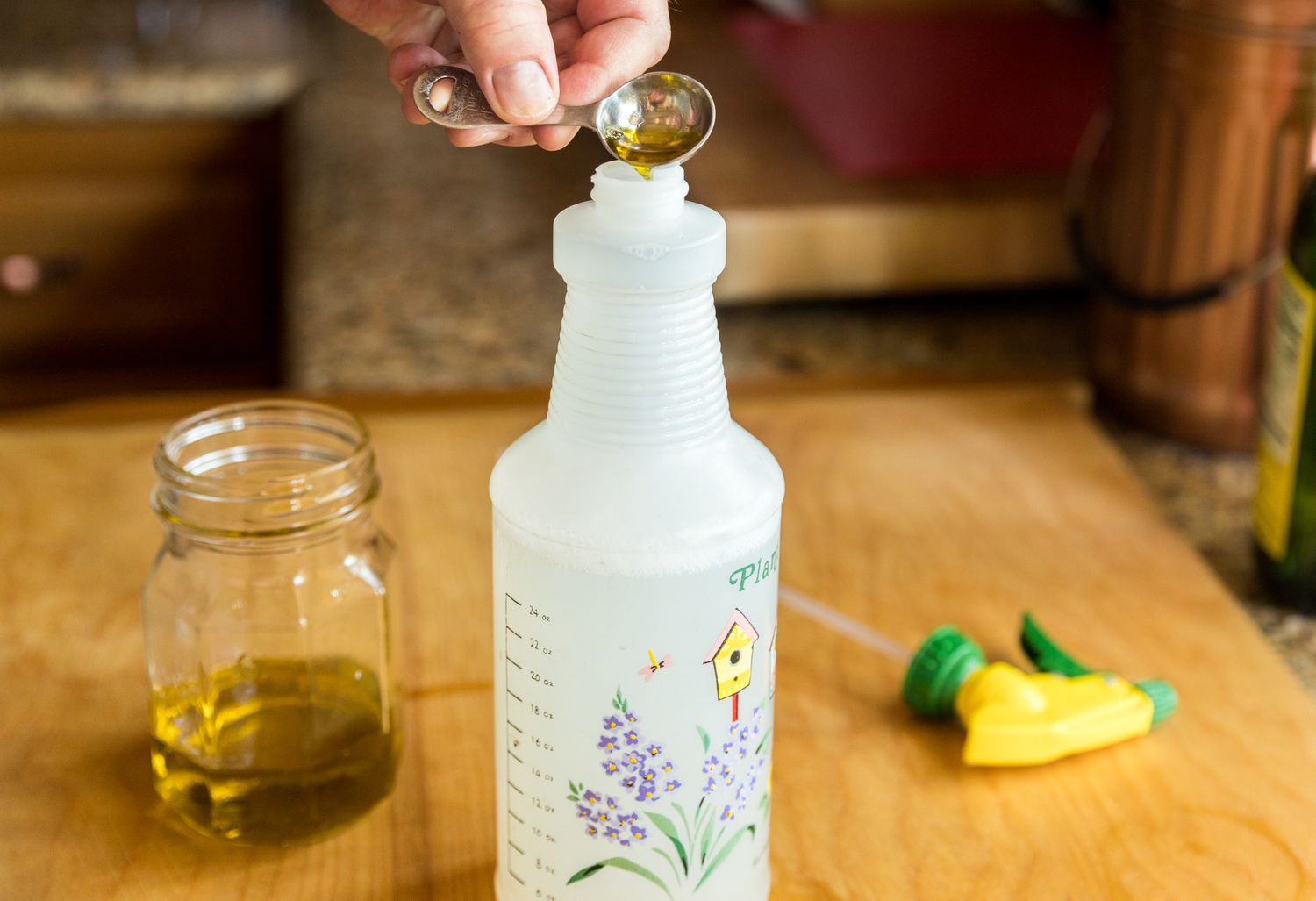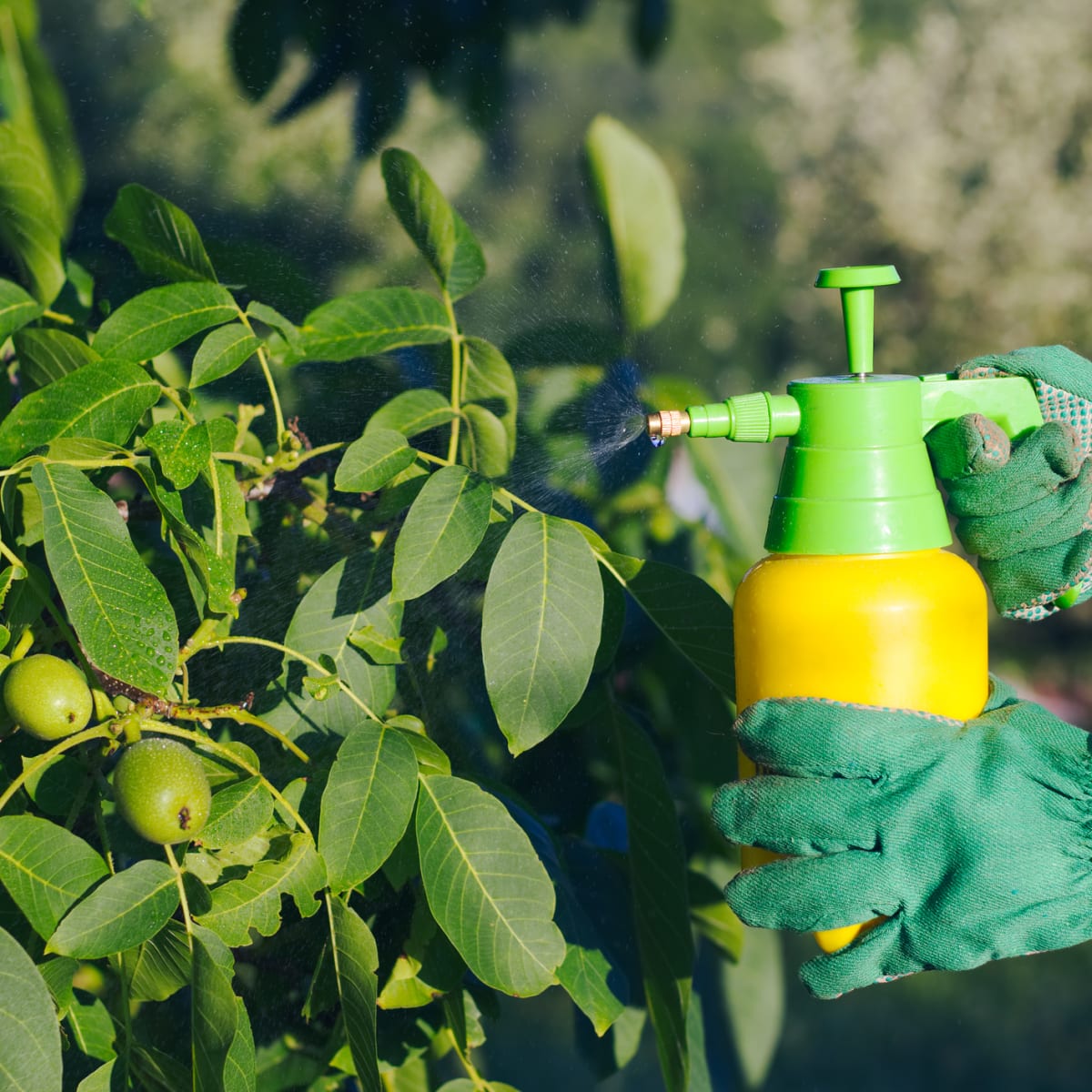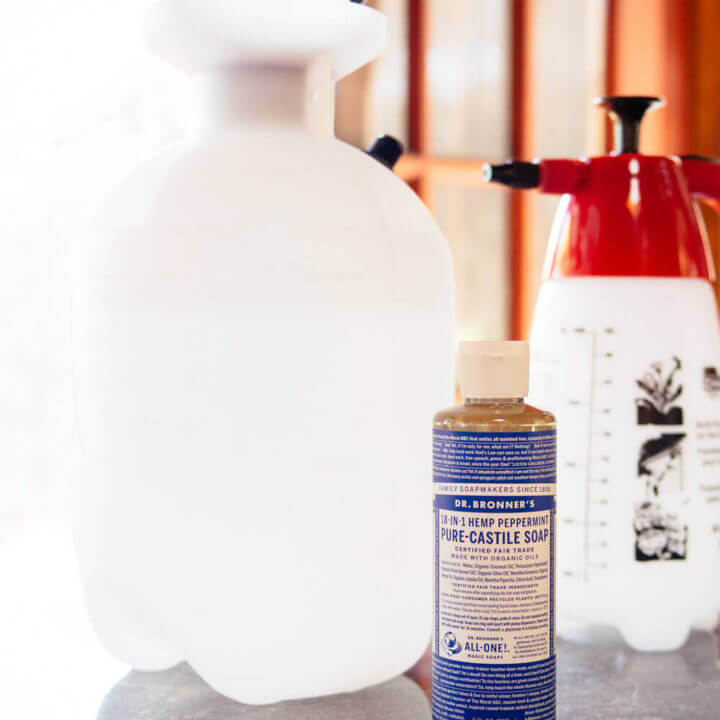I. Introduction to Homemade Insecticidal Soap
A. Understanding the Need for Organic Pest Control Methods
– Discuss the growing concern about the environmental impact of chemical pesticides and the increasing demand for natural, eco-friendly pest control solutions.
– Highlight the importance of adopting organic pest control methods to protect beneficial insects, reduce chemical exposure, and minimize harm to the ecosystem.
B. Introduction to Insecticidal Soap and Its Effectiveness
– Provide an overview of insecticidal soap as a potent yet environmentally friendly option for controlling common garden pests, such as aphids, mites, and whiteflies.
– Address the mode of action of insecticidal soap, emphasizing its ability to disrupt the cell membranes of pests, leading to dehydration and effectively eliminating infestations.

II. Benefits of Homemade Insecticidal Soap
A. Eco-Friendly Alternative to Chemical Pesticides
– Highlight the ecological benefits of homemade insecticidal soap, emphasizing its low toxicity to humans, pets, and beneficial insects, as well as its minimal impact on the environment.
– Discuss the significance of incorporating organic pest control methods in promoting a healthy, biodiverse ecosystem within the garden and agricultural settings.
B. Targeted Pest Control with Reduced Environmental Impact
– Emphasize the specificity of insecticidal soap in targeting soft-bodied pests, while sparing beneficial insects and maintaining a balanced ecological equilibrium within the garden environment.
– Address the reduced risk of chemical runoff and soil contamination associated with the use of homemade insecticidal soap, contributing to sustainable agricultural practices and soil health.

III. Ingredients for DIY Insecticidal Soap
A. Selection of Soap Base and Oils
– Explore the various options for selecting a suitable soap base, such as castile soap or other natural, non-toxic alternatives, considering their impact on plant and pest tolerance.
– Discuss the role of carrier oils, such as neem, jojoba, or horticultural oils, in enhancing the efficacy of homemade insecticidal soap and mitigating potential phytotoxic effects on plants.
B. Incorporating Additional Natural Deterrents and Enhancers
– Address the potential inclusion of natural deterrents, such as garlic, cayenne pepper, or essential oils, to boost the potency of insecticidal soap and repel pests from treated plants.
– Provide insights into the properties of botanical additives that may enhance the resilience of plants, such as the antimicrobial and antifungal properties of certain essential oils.

IV. Creating
A. Step-by-Step Guide for Mixing and Application
– Provide a detailed, step-by-step guide to formulating homemade insecticidal soap, covering precise measurements, the incorporation of essential oils, and considerations for dilution and application.
– Emphasize the need for thorough mixing and the compatibility of ingredients to ensure the efficacy and safety of the insecticidal soap solution.
B. Safety Considerations and Precautions
– Address safety considerations when working with homemade insecticidal soap, including the importance of protecting the skin, eyes, and respiratory system during the preparation and application processes.
– Highlight the significance of following proper dilution ratios and application guidelines to prevent phytotoxicity and minimize potential harm to plants.
V. Application and Usage
A. Targeted Pest Types and Plants
– Discuss common garden pests that can be effectively controlled with homemade insecticidal soap, such as aphids, mealybugs, spider mites, and whiteflies, and the recommended application timing.
– Provide insights into the suitability of different plant types for insecticidal soap application, addressing the tolerance of ornamental plants, vegetables, and herbs to the treatment.
B. Guidelines for Effective Application and Timing
– Offer comprehensive guidelines for the application of homemade insecticidal soap, addressing the optimal timing, coverage, and the importance of thorough application to reach pests hiding on the undersides of leaves.
– Discuss the role of environmental factors, such as temperature and humidity, in the efficacy of insecticidal soap and considerations for re-application intervals based on pest pressure.

VI. Benefits and Considerations of Soap
A. Efficacy and Long-Term Pest Control
– Highlight the efficacy of homemade insecticidal soap in controlling targeted pests, preventing the development of pest resistance, and contributing to sustainable, long-term pest management.
– Discuss the multifaceted benefits of consistent insecticidal soap application, including the prevention of pest-borne diseases, reduced plant stress, and the promotion of overall plant health.
B. Impact on Beneficial Insects and Plant Health
– Address the minimal impact of insecticidal soap on beneficial insects, such as ladybugs and predatory mites, facilitating the preservation of natural pest control mechanisms within the garden ecosystem.
– Discuss the potential benefits of using homemade insecticidal soap in promoting the overall resilience and vitality of plants, minimizing the disruption of natural growth processes and ecological balance.
VII. Comparative Analysis: Homemade vs. Commercial Insecticidal Soap
A. Cost-Efficiency and Customization
– Compare the cost-effectiveness of homemade insecticidal soap with commercial alternatives, highlighting the potential for customization, higher concentration, and reduced packaging waste.
– Discuss the advantages of tailoring homemade insecticidal soap to specific pest pressures, plant types, and environmental considerations, offering a personalized, sustainable pest control solution.
B. Environmental and Health Considerations
– Address the environmental impact and health considerations associated with commercial insecticidal soaps, comparing the ecological footprint, chemical additives, and potential long-term effects on the ecosystem and human health.
– Emphasize the value of choosing homemade insecticidal soap as a safe, eco-friendly alternative to commercial pesticides, promoting a reduced reliance on synthetic chemicals and minimizing ecological harm.

VIII. Storage and Shelf Life
A. Suitable Storage Containers and Conditions
– Discuss the selection of suitable storage containers, such as dark glass bottles or chemical-resistant sprayer tanks, to preserve the efficacy and stability of homemade insecticidal soap.
– Address the significance of storing insecticidal soap in a cool, dark environment to mitigate the degradation of active ingredients and maintain its effectiveness over time.
B. Guidelines for Maximizing Shelf Life and Effectiveness
– Offer practical guidelines for maximizing the shelf life of homemade insecticidal soap, including regular agitation, avoidance of extreme temperatures, and proper sealing and labeling for safety and efficacy.
– Discuss the potential indicators of degradation or spoilage, such as changes in color, odor, or consistency, and the importance of proper disposal of expired or deteriorated insecticidal soap solutions.
IX. Sharing and Promoting the Use
A. Community Engagement and Environmental Advocacy
– Discuss the role of community engagement in promoting the use of homemade insecticidal soap as an eco-friendly, sustainable pest control solution, encouraging the exchange of knowledge and experiences.
– Address the potential for collaborative efforts and educational initiatives to advocate for organic pest control methods, foster environmental stewardship, and reduce the reliance on chemical pesticides.
B. Promotional Strategies and Benefits of DIY Pest Control Solutions
– Explore the potential for promoting the use of homemade insecticidal soap through educational materials, demonstrations, and outreach programs, emphasizing its eco-friendly, cost-effective, and health-conscious attributes.
– Highlight the unique benefits of DIY pest control solutions, including the empowerment of individuals, reduced chemical exposure, and the capacity to contribute to a greener, more sustainable agricultural and horticultural landscape.
This comprehensive guide offers detailed insights into the formulation, application, and benefits of homemade insecticidal soap as an organic, environmentally friendly pest control solution. By embracing the principles of ecological balance, resilience, and sustainability, individuals have the opportunity to safeguard their plants and protect the broader ecosystem while reducing their reliance on synthetic chemicals and preserving natural ecosystems.